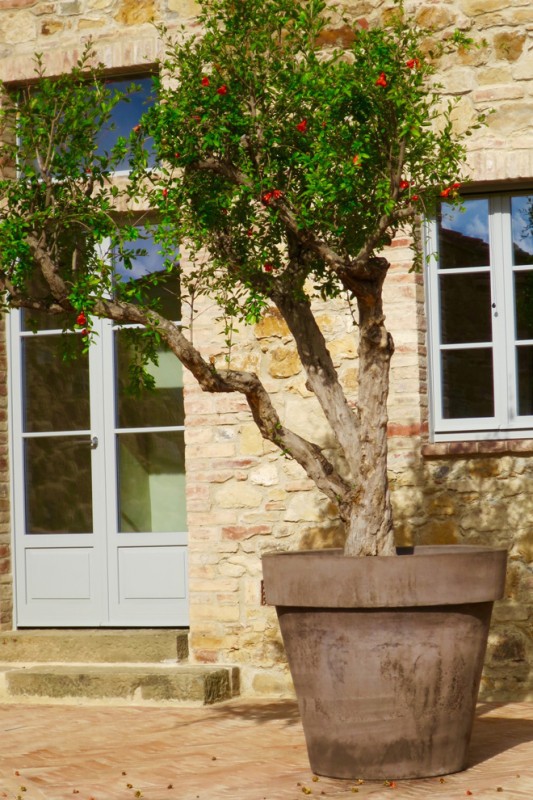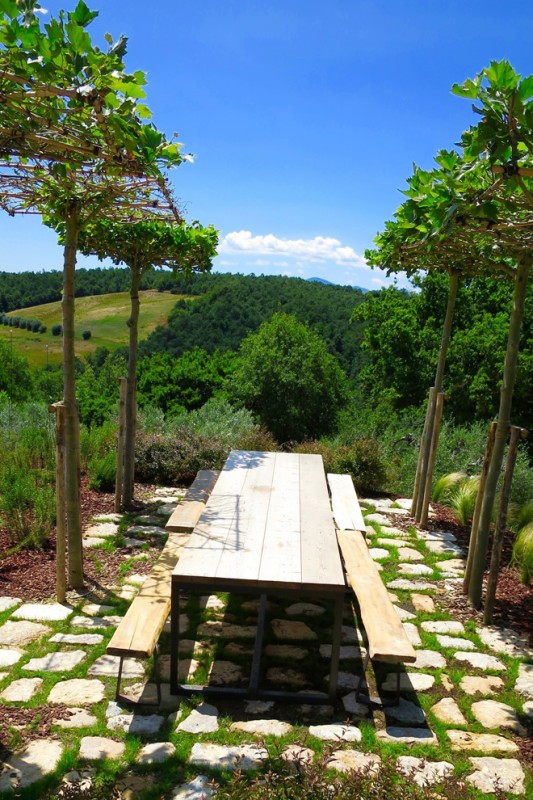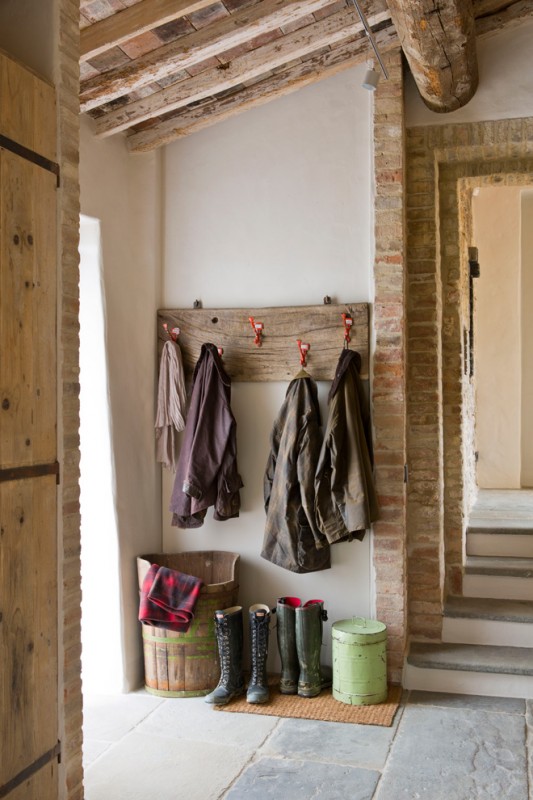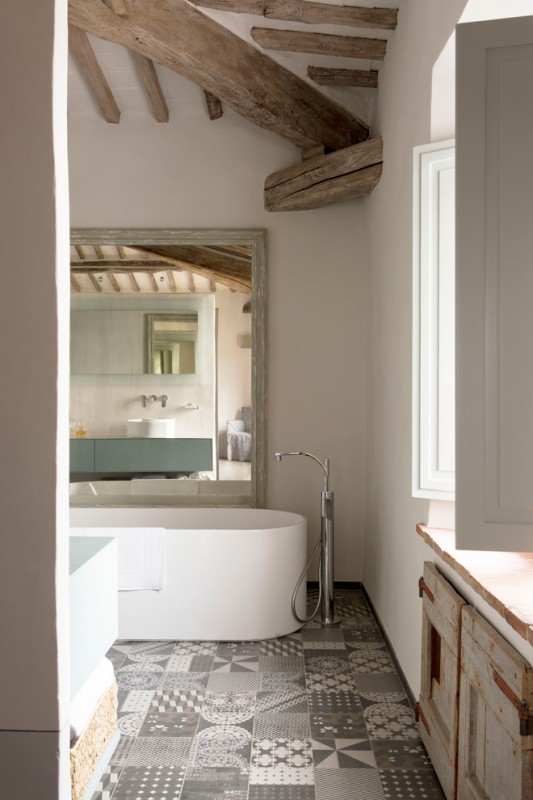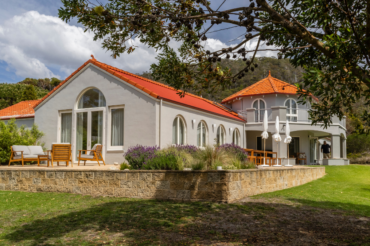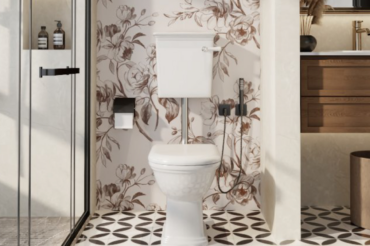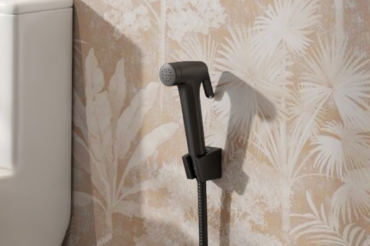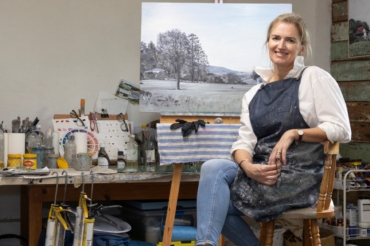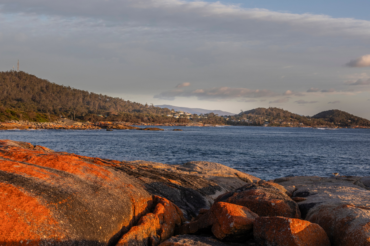
Almost every wanderluster dreams of one day signing the title of a centuries-old, broken-down villa ripe for restoration in some blissfully forgotten corner of Europe. Savings accounts can rarely keep pace with imaginations run wild and daydreams of long, lazy summers spent tending olive groves and sharing vino alongside the locals. It’s fodder for countless books and movies for a very good reason. Arguably, the most enduring in the genre was penned by Frances Mayes, who documented her own blissful sojourn in Under the Tuscan Sun and became a bestselling success story in the process.
“I must have read her book a billion times, and sobbed through the movie of the same name on many a Sunday afternoon,” Debbie says. Debbie and her TV director husband, Hans, began hopping across the pond from their home in Montreal, Canada, for holidays in Italy. They savoured the wine, sampled the food, and indulged their fantasy of one day owning a patch of terra Italia themselves.
Ten years later, they found their sweet spot in the countryside near the medieval village of Montefollonico, a tiny Renaissance hill town 110 kilometres south of Florence. The streets are cobbled with centuries-old stone, and the villagers have been there for generations. “What I love most about the little village is the friendship and the simple way of life. The villagers look out for each other. Often at 6pm, you will see teenagers bringing their grannies to the cafe so they can play cards with their friends and have an aperitivo. It is a unity and there is so much we can all learn from village life in Europe.”
With the location locked, Debbie and Hans turned their attention to finding a home. “Our property was built during the early part of the 13th century. I actually hated the house when I first saw it. My husband had been a few months before and loved it. It was pouring with rain when I arrived and the place looked sad and derelict, but when the sun came out the view was astounding, breathtaking.”
It was that view, and their love for the area, that motivated the mammoth task ahead. “The tower was probably abandoned through the centuries and then around the 16th century became a very poor man’s farm,” Debbie says. “As is typical in the area, it was added onto with stones from the land around. You can see clearly how the farm grew and the main villa got larger. The animals were in the stables with huge brick arches on the ground floor — this is now the living room. The people lived upstairs on the next two floors because the heat of the animals kept them warm.
It’s five star all the way, even for the host, who now counts fellow famous expat, Frances Mayes, as a friend. “We love to have a little limoncello together, either in the main piazza or at one of our homes where we drink our own home-made limoncello,” Debbie says. “I pinch myself every day.”
For more information on a stay at Villa Reniella visit tuscangetaway.com or follow Debbie Travis on Instagram, Facebook and Twitter.
The complete story was originally published in Australian Country issue 21.5. Click here to subscribe to our magazine
Words Tamara Simoneau
Photography George Ross, Max Rosenstein & Marcus Wilson Smith


